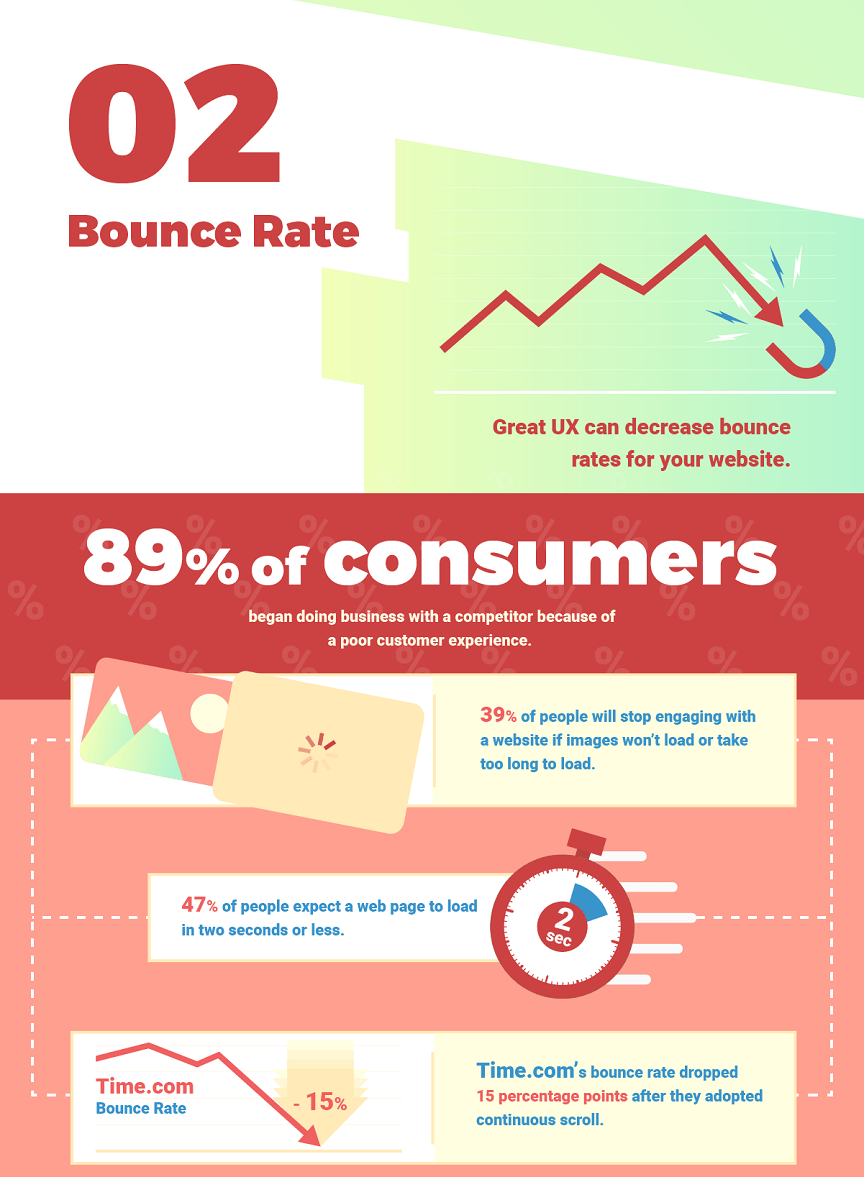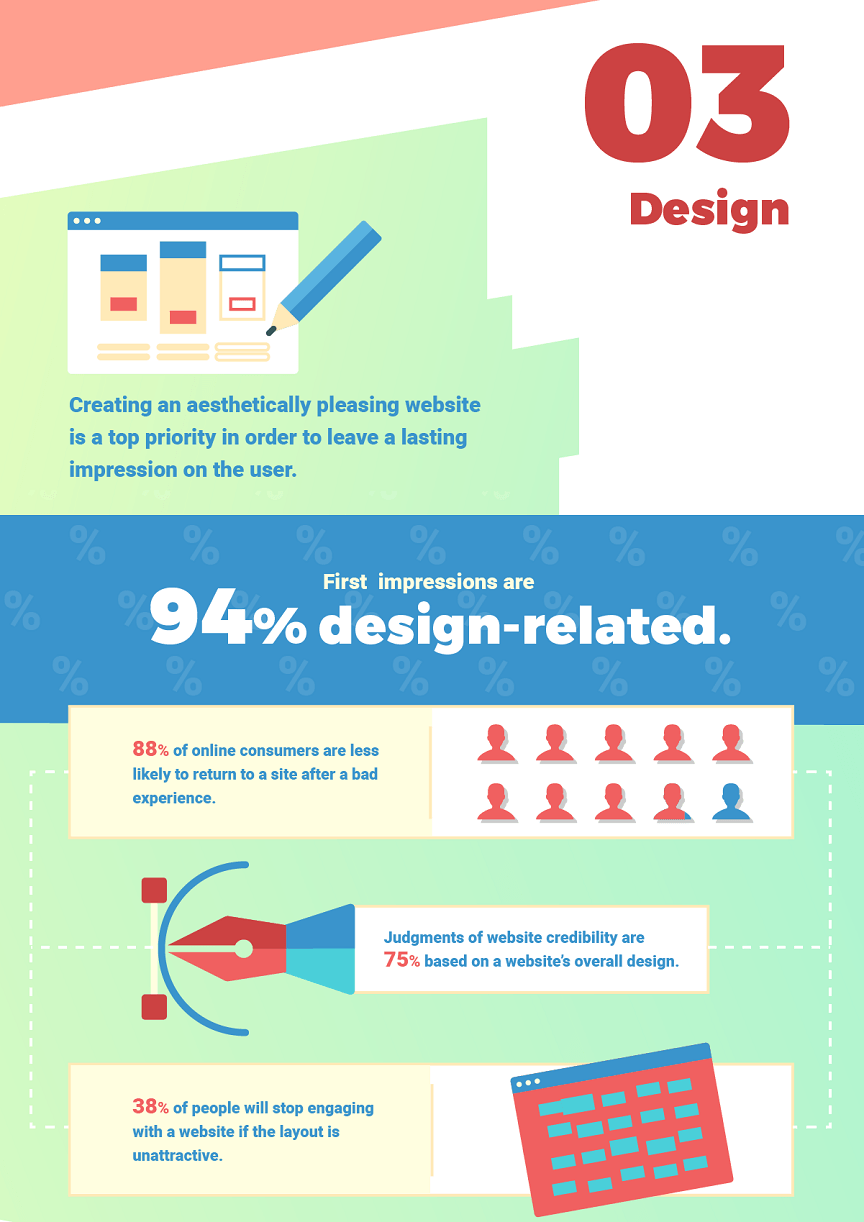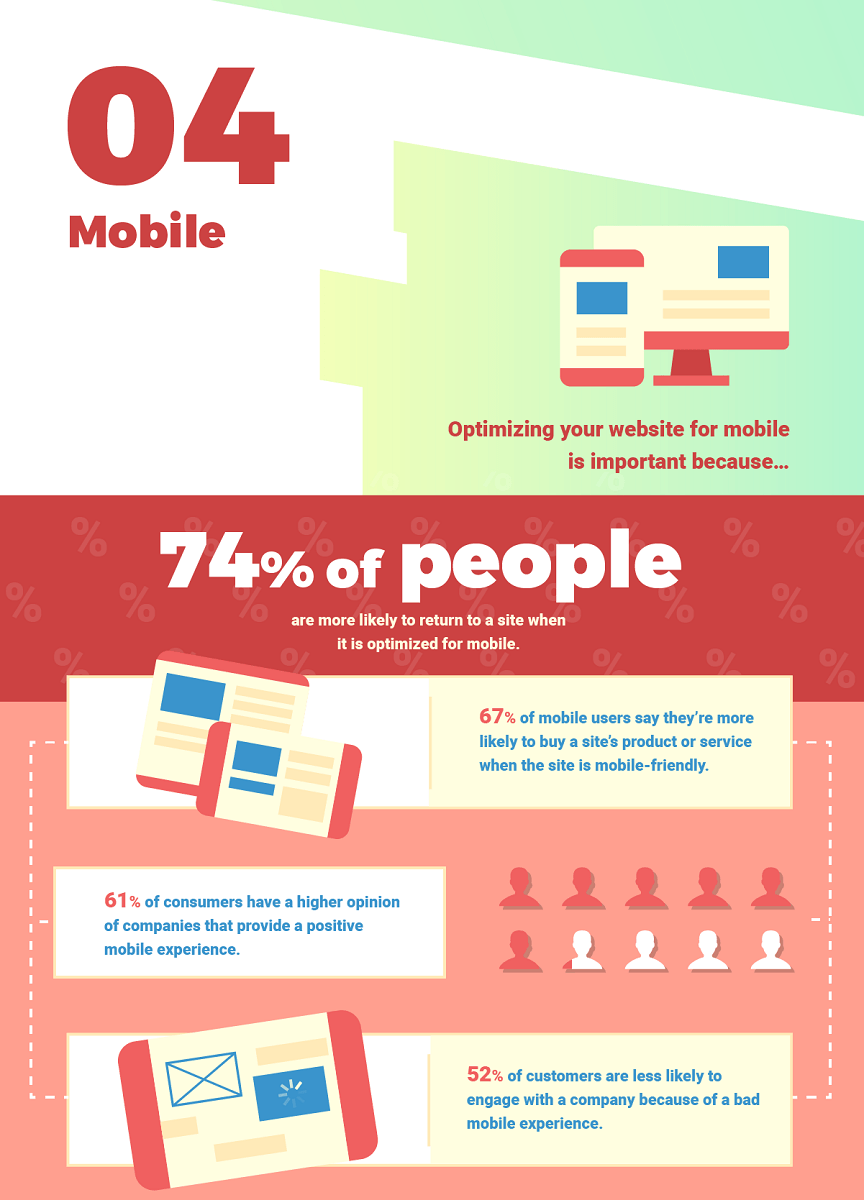Legendary Mind (New)
Read more at https://www.phpclasses.org/package/10384-PHP-Emulate-a-brain-using-neural-networking-links.html
After over 13 million downloads of WordPress 4.8, we are pleased to announce the immediate availability of WordPress 4.8.1, a maintenance release.
This release contains 29 maintenance fixes and enhancements, chief among them are fixes to the rich Text widget and the introduction of the Custom HTML widget. For a full list of changes, consult the release notes, the tickets closed, and the list of changes.
Download WordPress 4.8.1 or visit Dashboard → Updates and simply click “Update Now.” Sites that support automatic background updates are already beginning to update to WordPress 4.8.1.
Thanks to everyone who contributed to 4.8.1:
Adam Silverstein, Andrea Fercia, Andrew Ozz, Atanas Angelov, bonger, Boone Gorges, Boro Sitnikovski, David Herrera, James Nylen, Jeffrey Paul, Jennifer M. Dodd, K. Adam White, Konstantin Obenland, Mel Choyce, r-a-y, Reuben Gunday, Rinku Y, Said El Bakkali, Sergey Biryukov, Siddharth Thevaril, Timmy Crawford, and Weston Ruter.
In this tutorial we build an interactive image gallery plugin using nothing but pure JavaScript.
Continue reading on Tutorialzine.After a particularly busy month in June, things settled down a bit in the WordPress world — WordPress 4.8’s release went very smoothly, allowing the Core team to build up some of the community infrastructure around development. Read on for more interesting news from around the WordPress world in July.
Onboarding new contributors is a persistent issue for most WordPress contribution teams. While every team welcomes any new contributors, the path to getting deeply involved can be tricky to find at times.
This month, the Core team implemented a fantastic new initiative: weekly meetings for new core contributors as a way to encourage involvement and foster fresh contributions. The meetings not only focus on bugs suited to first-time contributors, they also make space for experienced contributors to help out individuals who may be new to developing WordPress core.
The meetings are held every Wednesday at 19:00 UTC in the #core channel in the Making WordPress Slack group.
In bringing people together to improve WordPress core, a new channel in the Making WordPress Slack group named #core-php is designed to focus on PHP development in the project.
Along with this increased concentration on PHP, a new weekly meeting is now taking place every Monday at 18:00 UTC in #core-php to improve WordPress core’s PHP practices.
The dashboard events widget in WordPress 4.8 displays local, upcoming WordPress events for the logged in user. The events listed in this widget are pulled from the meetup chapter program, as well as the WordCamp schedule.
This widget provides greater visibility of official WordPress events, and encourages community involvement in these events. It’s safe to say that the widget has achieved its goals admirably — since WordPress 4.8 was released a little over a month ago, 31 new meetup groups have been formed with 15,647 new members across the whole program. This is compared to 19 new groups and only 7,071 new members in the same time period last year.
You can find a local meetup group to join on meetup.com, and if you would like to get involved in organizing events for your community, you can find out more about the inner workings of the program on the Community Team site or by joining the #community-events channel in the Making WordPress Slack group.
WordPress 4.8 cycle’s first maintenance release will be published in the coming week, more than a month after 4.8 was released. This release fix some important issues in WordPress core and the majority of users will find that their sites will update to this new version automatically.
If you would like to help out by testing this release before it goes live, you can follow the beta testing guide for WordPress core. To get further involved in building WordPress core, jump into the #core channel in the Making WordPress Slack group, and follow the Core team blog.
If you have a story we should consider including in the next “Month in WordPress” post, please submit it here.
User experience, also known as UX, is made up of many moving parts that allow it to positively impact how users feel when they visit your website.
Without a positive user experience, your marketing tactics can be affected, so it’s important to understand what exactly makes for a great UX design.
In this post, we’ll look at the various elements that great UX includes and how UX impacts your marketing goals and strategies.

Embed This Graphic On Your Site
UX is about more than the design and colors of your site.
Positive UX incorporates many factors, including value, usability, functionality, adaptability, navigation, and design. Each of these elements contributes to how functional your website is to users.
Value is determined based on whether or not potential buyers can easily see the benefit of your products or services. Your website design should clearly communicate the value of what you offer to visitors on your site.
Usability refers to the structure of your site and how responsive it is. Your site should be designed in a way that addresses your customer’s needs before they even realize they have them.
Functionality is a large part of UX because it ensures everything on your site makes sense. A potential customer should never have to ask themselves what the purpose of something on your site is.
Because we live in a world where people are constantly using their phones and tablets, adaptability of your site to any device is significantly important. The content on your site and its performance quality should be consistent whether the information is accessed from a desktop, iPad, or smartphone.
Navigation is about creating a layout that minimizes the number of clicks it takes for people to find things on your site. Users should not have to click more than two or three places to get to what they’re searching for.
The design of your site should draw visitors in without distracting them from your content. The goal is to grab their attention by creating an aesthetically pleasing design, without making them forget why they came to your site in the first place.
Your ROI increases significantly when you invest in a strong, worthwhile UX strategy.
So, if good UX increases your sales, what does UX mean for bounce rates?
Does UX affect the bounce rate on your site?
You bet it does.
UX done well can decrease bounce rates significantly for your website! The numbers speak for themselves:

Throw a few colors you think are nice on your site and you’re good to go, right?
Not quite.
The design of your site should be well-thought out and researched to see what people respond positively to. Design goes along way; just let these statistics sink in:

People are constantly on their phones. Which means it’s a high possibility when they access your site, it will be from their phone.
Not having your site optimized for mobile may seem like no big deal, but the reality is it can make a huge difference. When a site isn’t mobile-friendly images become distorted or don’t appear, text is either too small to read or doesn’t fit on the screen, and information becomes difficult to find.
Optimizing your site for mobile matters because:

In order to market your business successfully and accomplish your goals, user experience is a major part of the equation.
If you found this infographic helpful or have any UX tips of your own, let us know in the comments below!
Don’t forget to share this infographic and remember to consider the various elements of UX when building your site!
The post Why User Experience Matters to Marketing appeared first on WebFX Blog.